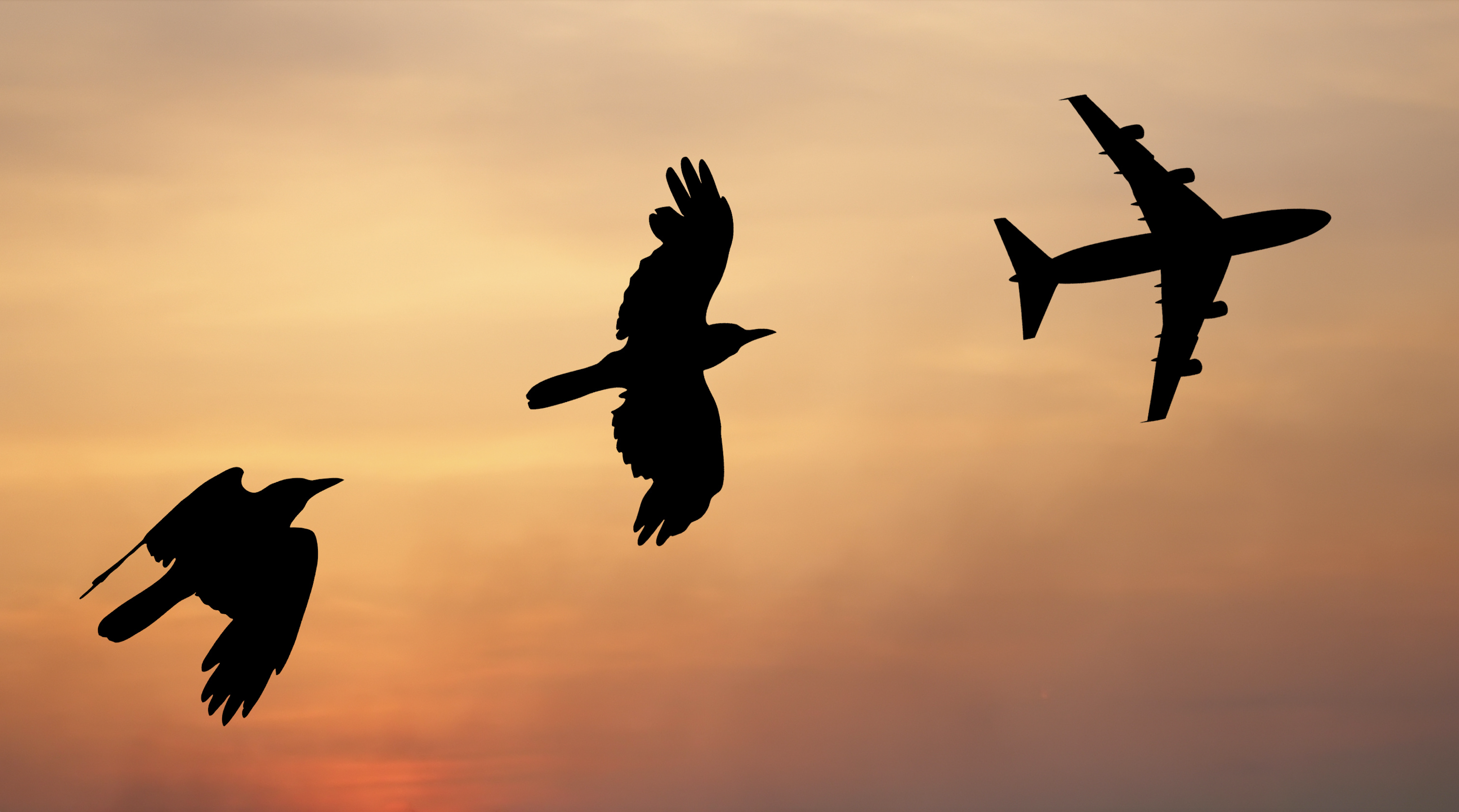Engineers often look to machines, software, or calculation-heavy analysis to find better designs. However, nature has been solving mechanical problems for tens of millions of years, encompassing structural strength, energy efficiency, stability, and maneuverability. For mechanical engineers, nature isn’t a backup plan; it’s the original R&D lab. In this blog, we’ll explore how lessons from nature are shaping two big areas: aircraft wing design inspired by birds, and another example from mechanical metamaterials (structures that behave in surprising ways). The point isn’t to copy nature exactly, it’s to learn its principles and build machines that do more, use less, and last longer.
Lesson 1: Aircraft Wings & Biomimicry in Flight
Wings That Adapt, Move, and Reduce Drag
One of the clearest examples of nature influencing mechanical engineering is the way aircraft wings are being redesigned using bird-inspired principles. Birds don’t have fixed, rigid wings like most planes. They adapt to handle turbulence, maximize lift, and reduce drag. This adaptability has inspired engineers to rethink how wings behave in real flight, not just in wind tunnels.
- Airbus “Bird of Prey” concept
Airbus has designed a conceptual aircraft with wings and tail structures inspired by birds of prey (eagles, falcons). Features include feather-like winglets and tails that mimic how birds adjust feather orientation to control flight and handle wind gusts. The design also uses advanced composite materials and active control surfaces [1]. - Albatross One
A scale model by Airbus that features “flapping” or hinged wing-tips that move during flight to relieve stress from turbulence and reduce structural load. By allowing parts of the wing to flex rather than rigidly fight every gust, they reduce material requirements and weight. Less weight means less fuel needed [2]
These examples show that by observing how nature solves turbulence and efficiency (things like wing flexibility, variable wingtip shape, feather motions), mechanical engineers can design wings that are lighter, more durable, and more efficient.
Morphing Wings & Flight Mode Flexibility
Beyond passive adaptations, research is pushing toward wings that actively change shape. University of Toronto engineers, for instance, are developing wing planforms that can adjust according to the flight mode, such as gliding, steady level flight, and turning. These morphing behaviors allow a wing to be optimized dynamically rather than for only one flight condition [3].
This type of mechanical flexibility mimics birds that change wing shape and span depending on what they’re doing. The engineering challenges are significant: creating lightweight mechanisms, durable joints, and managing changing loads are some solutions that are already in effect. But getting even part of that adaptability yields big returns in efficiency and ride quality.
Lesson 2: Mechanical Structures & Metamaterials
For the second example, let’s look at mechanical metamaterials and bio-inspired structural design. These are engineered materials or structures whose mechanical properties (strength, flexibility, vibration behavior, etc.) are shaped by the geometry and internal architecture rather than just material strength.
Spider Webs & Vibration Damping
Spider webs are marvels: lightweight, flexible, resilient, capable of catching prey without breaking, and dampening vibrations so that the spider can detect even the smallest signal. Researchers have taken inspiration from this to build metamaterials, structures with specific patterns (like repeating web-like geometries) that do things like suppress vibrations, absorb energy, or channel mechanical shock. This kind of design is being studied for things like impact protection, lightweight structural panels, or dampening in machinery and infrastructure [4].
Multi-Functional Structures
Another bio-inspired idea: composing structures that are strong in multiple ways (both load-bearing and energy absorbing), mimicking how bone works. Bone isn’t just strong; it is light, flexible where needed, but extremely robust under repeated stress. Borrowing this, mechanical engineers design lattice and foam-like structures for robotics, aerospace components, or even protective casings that need to survive drop tests, vibration, or impacts. When geometry is aligned with function (say, bending stiffness in one direction but flexibility in another), you get mechanical systems that can perform multiple roles without adding weight or complexity.
Core Principles Engineers Can Pull From Nature
Across aircraft wings and metamaterial structures, several recurring lessons emerge that mechanical engineers can embed in their designs:
- Adaptive Shape and Flexibility
Nature demonstrates that being rigid isn’t always best. Systems that flex, twist, or morph in response to external forces often outperform inflexible systems, especially under variable loads or turbulent conditions. - Material Efficiency + Geometry
It’s not always about using stronger materials; it’s about using geometry to amplify strength and stiffness. Birds’ hollow bones, spider web architectures, and lattice structures all show how much you can do with less material if you arrange it smartly. - Multi-Functionality
Natural structures often do more than one job. A bird’s wing isn’t just for lift; it’s for steering, thermoregulation, display, etc. Engineers designing structures or components that serve multiple functions (e.g., strength + vibration damping + weight savings) can reduce complexity and cost. - Energy Efficiency Under Variation
Many natural systems are efficient across a range of conditions. Bird wings that adapt during gusts, or structures that dampen different vibration frequencies. For mechanical engineering, this suggests designs that handle extremes (temperature, motion, load) gracefully rather than optimized only for ideal conditions
If you have questions about the development process, feel free to reach out for help. We do hundreds of free consults every year to help guide innovators along their path of device development.

